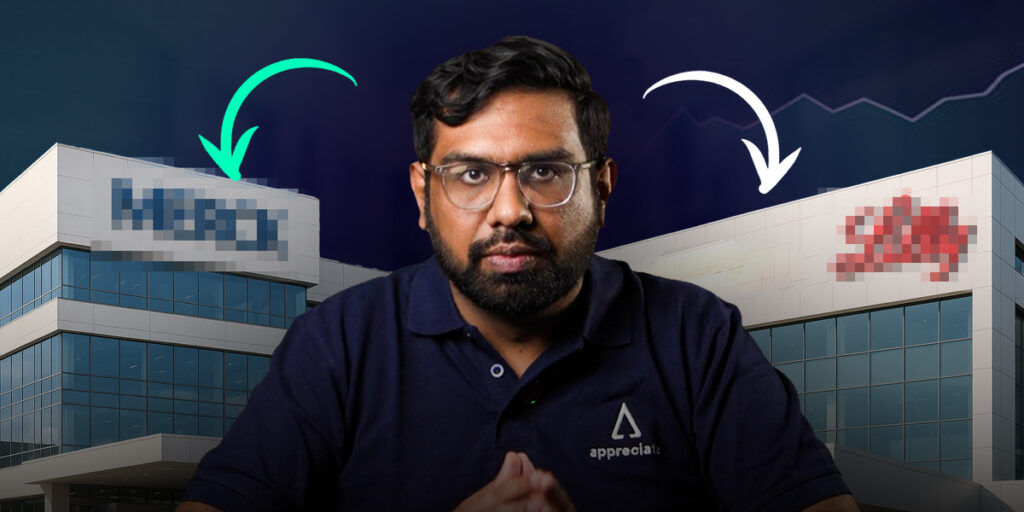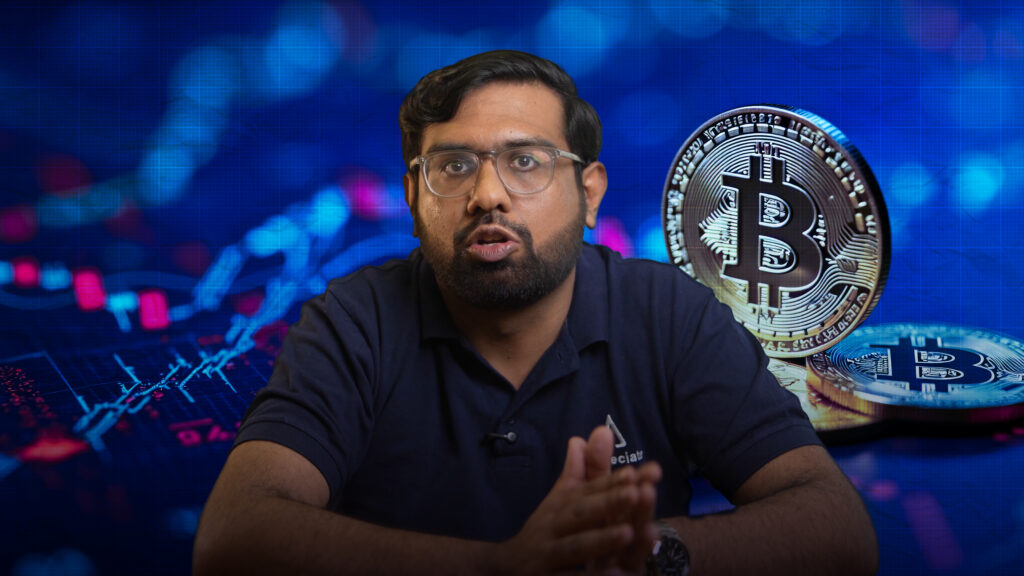Introduction
India’s digital economy is growing at one of the fastest rates globally, and at the center of this rise is the data-center industry. These facilities power everything from streaming and cloud storage to AI computing and enterprise software. But as the sector expands, a clear trend has emerged: India’s biggest data-center players are increasingly turning to U.S. markets for capital.
This became evident in early November when Hiranandani-backed Yotta Infrastructure received U.S. SEC approval to list on Nasdaq via a SPAC merger, aiming to raise about $463 million. Alongside Sify Technologies, which has been listed on Nasdaq for over two decades, it is clear that American capital is playing a growing role in India’s digital buildout.
What Is Happening and Why?
India’s data-center industry has seen rapid growth. Between 2014 and 2025, it attracted more than $6.5 billion in commitments. The market was valued at $10 billion in 2024 and is projected to reach $21.9 billion by 2030, with capacity likely to cross 8 GW by decade’s end.
Despite this momentum, Indian stock markets haven’t become the natural listing venue for these companies. Large telecom firms like Reliance, Airtel and Tata Communications are still scaling their operations, while specialised operators are much further ahead.
Three companies now anchor India’s data-center expansion:
- Yotta Infrastructure
- Sify Technologies
- ST Telemedia Global Data Centres (STT GDC India)
Together, they command nearly 40% of India’s current 1.5 GW compute capacity, yet none of them are listed in India.
Why U.S. Markets Attract These Companies
U.S. markets, especially Nasdaq, have several advantages that make them more suitable for high-capex digital-infrastructure businesses. Such as:
1. Higher Valuations and Deeper Liquidity
Yotta is targeting a $4.5 billion valuation on Nasdaq despite FY24 revenue of only $44.6 million. Such valuations would be hard to justify in Indian markets, which typically favour asset-light, profit-generating tech firms.
2. Acceptance of Early-Stage Losses
Data centers demand heavy upfront spending on land, power, cooling, and GPUs. Yotta expects a $113 million loss in FY25, something U.S. investors generally accept as part of long-term infrastructure growth. Indian markets tend to be less forgiving.
3. Investor Expertise
American markets have decades of experience with telecom towers, fiber networks, and cloud infrastructure. Investors understand utilisation ramps and long payback periods, making them more comfortable funding these businesses.
A Growing Pattern, Not an Exception
Yotta’s decision is part of a wider trend.
Sify Technologies has been listed on Nasdaq for more than 20 years and continues to expand large hyperscale campuses in Navi Mumbai, Hyderabad and Noida. It is now preparing a $500 million IPO for its data-center subsidiary, Sify Infinit Spaces, which is also going to be listed in the U.S. markets.
ST Telemedia Global Data Centres (STT GDC), although not an Indian-origin company, like Yotta and Sify, has grown to become the largest data-center operator in India, with significant operational capacity across all major metro markets. Its scale makes it one of the most important players in India’s digital infrastructure expansion. A Singtel–KKR & Co. consortium owns a major stake in the global business, and KKR & Co. holds roughly 14%. Since KKR & Co. is listed on the NYSE, India’s biggest operator remains indirectly connected to U.S. markets through its ownership structure.
Across all three companies, one message is clear: U.S. markets offer the kind of patient, specialised capital that high-capex data centers require.
How Can Indian Investors Position Themselves?
Indian investors who want to participate in this trend can do so through the U.S. markets, where many of these opportunities are actually listed. Using platforms like Appreciate, they can invest in U.S.-listed companies such as KKR & Co., Sify Technologies, and once listed, Yotta Infrastructure.
Beyond these India-linked names, investors can also look at U.S. data-center and compute-infrastructure companies that have seen strong performance this year. Stocks such as IREN (up over 432% YTD), Oklo Inc. (up 408%), CommScope (up 243%), Micron (up 180%), and compute-driven plays like Cipher Mining (259%) show how global demand for data capacity is accelerating.
For broader, diversified exposure, thematic ETFs such as Global X Data Center & Digital Infrastructure (DTCR), Pacer Data and Digital Revolution ETF (TRFK), and iShares US Digital Infra & Real Estate ETF (IDGT) offer baskets of companies focused on data centers, digital infrastructure, and next-generation computing.
Read more: 6 US Tech Infrasturcture Firms Shaping the Future of AI
Through these U.S.-listed stocks and ETFs, Indian investors can directly tap into the global infrastructure powering India’s own digital growth.
Conclusion
India’s data-center boom is one of the most important digital infrastructure stories of the decade. But as these businesses outgrow domestic capital market expectations, U.S. exchanges are becoming their preferred launchpad. For investors, this means many of the strongest opportunities linked to India’s digital rise will increasingly trade in dollars, not rupees.
Disclaimer: Investments in securities markets are subject to market risks. Read all the related documents carefully before investing.























